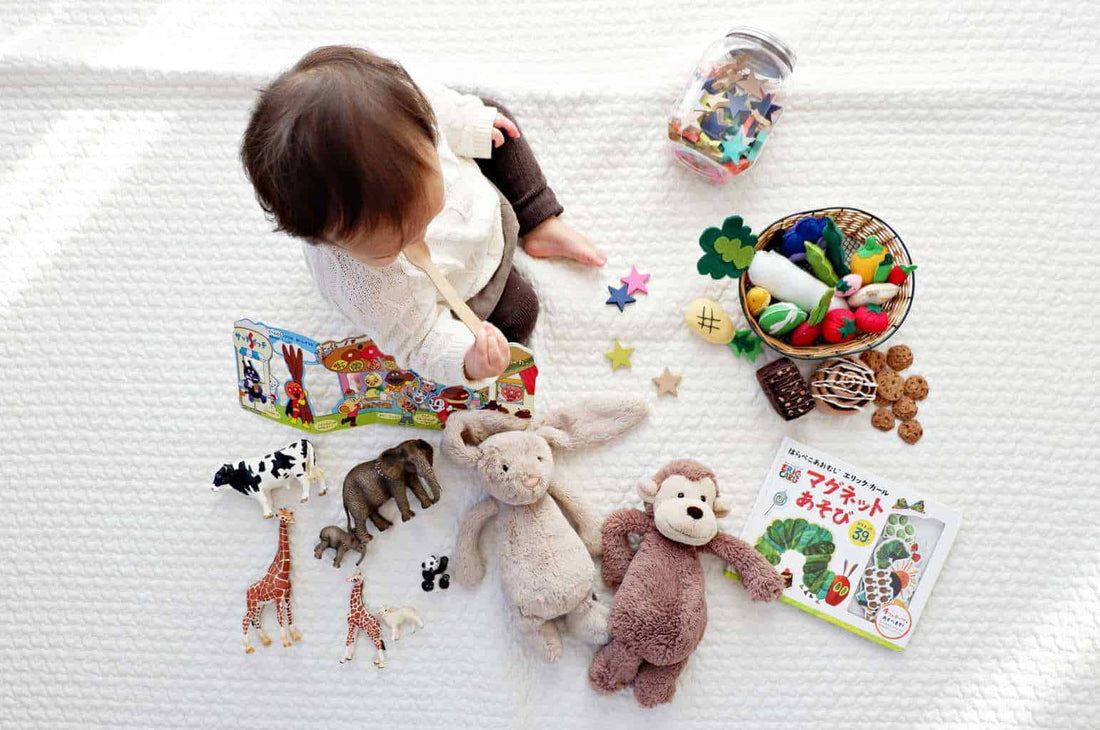
The VB-MAPP - Level 1 (Part 3 of 8)
Share
Introduction
This is part 3 of 8 in a series on administering the Verbal Behavior Milestones and Assessment Protocol (VB-MAPP). If you haven’t yet read part 1 yet, you can start there.
Materials
The first step to administering the VB-MAPP is having the required materials . They are listed here again for reference:
- VB-MAPP Protocol
- 10 preferred items that could serve as reinforcers (e.g., chips, M&Ms, toys)
- 10 pictures of everyday things, people, or animals that are familiar to the child (e.g., toys, family members, and pets)
- 10 everyday objects that are familiar to the child (e.g., utensils, toys, snacks). Must include:
- Blocks or Ring Stacker for assessing stacking.
- Small objects for assessing pincer grasp
- 2-3 inset puzzles that involve identical matching (must have 10 pieces total between all puzzles) or 10 pairs of identical items (e.g., pair of identical forks, pair of identical blocks, etc.)
In addition to these materials, you will also need access to similar age peers to assess social skills.
Shop ThinkPsych Products
Types of Assessment
Within the VB-MAPP assessment, some skills are assessed with direct testing and marked with a (T). Others are marked with an (O) for observation. Some of the observations have a timed criterion (TO). Finally, some skills can be assessed with either testing or observation. These are marked with an (E).
Getting Started
Once you have all the materials for the VB-MAPP, it is time to start your assessment! The first step is building rapport with the child that you are working with. Take 5-10 minutes to just observe and play with the child you are assessing. While you are building rapport and observing, you can start to take data on the observable skills.
Observable Skills
There are a total of 29 observable skills across 8 domains in the first level of the VB-MAPP. These are separated by category as follows:
- Manding Milestones 1, 3, 4, and 5
- Tacting Milestone 4
- Listener Responding Milestones 1 and 3
- Visual Perceptual Skills and Matching to Sample (VP-MTS) Milestones 1-5
- Independent Play Milestones 1-5
- Social Behavior and Social Play Milestones 1-5
- Motor Imitation Milestone 4
- Spontaneous Vocal Behavior Milestones 1-5
As you can see, you can use observation to get more than half of the milestones in this area! However, you will often need to do direct testing in order to evoke the target behaviors.
Direct Testing
Once you have completed the rapport-building and observation portion of the assessment, it is time to begin direct testing. In this portion, you will also assess any milestones that you were not able to observe occurring spontaneously in the observation portion. You will also directly test any milestones that require direct testing. For convenience, these are listed below:
- Manding Milestone 2
- Tacting Milestones 1-3 and 5
- Listener Responding Milestones 2, 4, and 5
- Motor Imitation Milestones 1-3 and 5
- Echoic Milestones 1-5
For taking data on these milestones, we recommend writing directly on the VB-MAPP protocol.
Completing Level 1
Once you have completed the entirety of the level 1 assessment, it is time to determine if you should go on to level 2 of the VB-MAPP. There are two primary considerations:
- Has the child mastered any of the nine domains in the first level (e.g., Manding, Echoics, etc?) If so, continue on to Level 2.
- Is the child older than 18 months? If so, he or she may have skills that are beyond level 1. It is worth at least briefly skimming level 2 and level 3 to check if the child may have any “splinter skills” — i.e. skills that are out of proportion with the child’s other abilities. For example, independent play skills are often at higher levels than other skills for children with Autism.
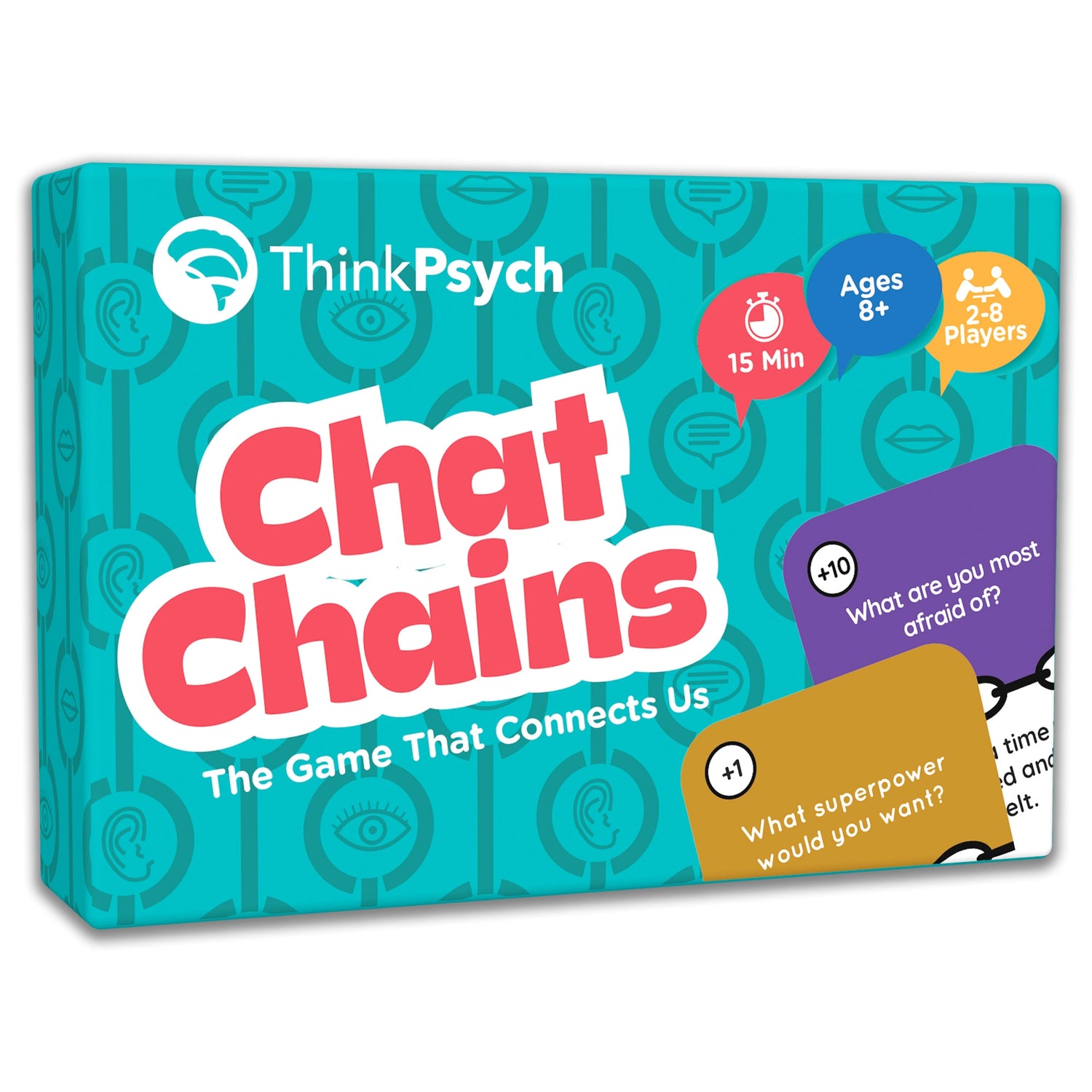

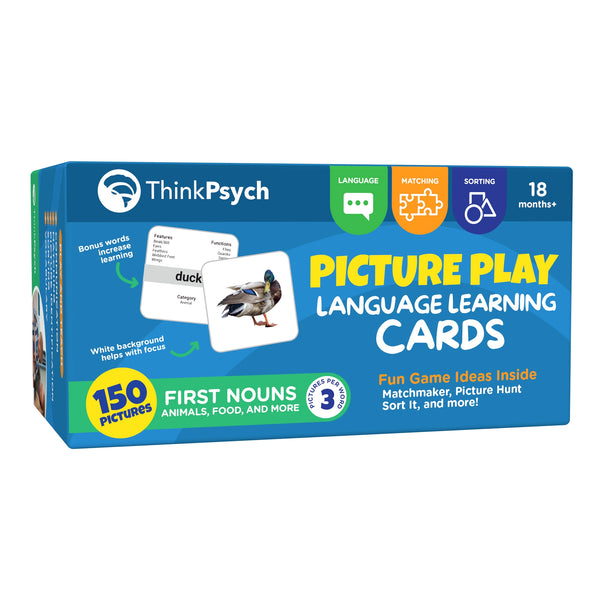
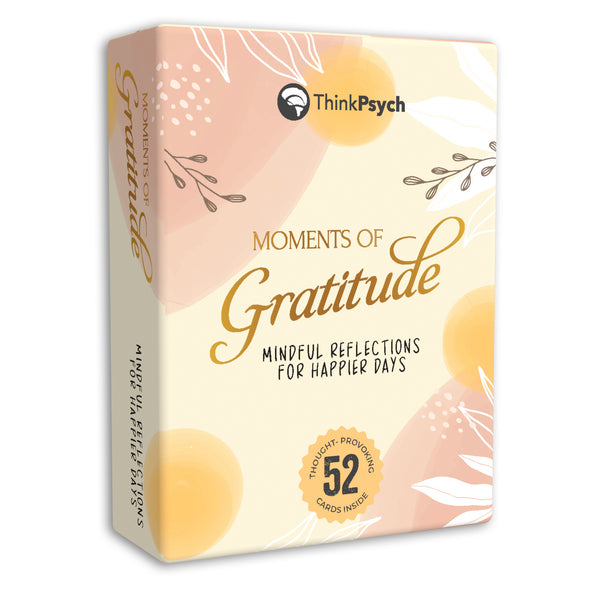
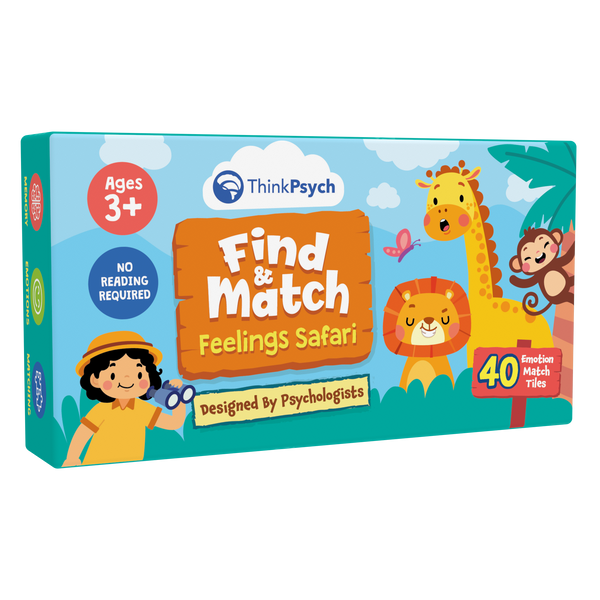
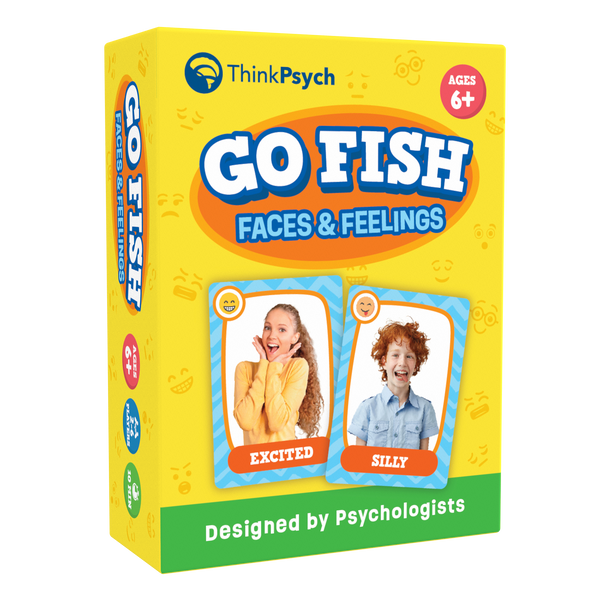
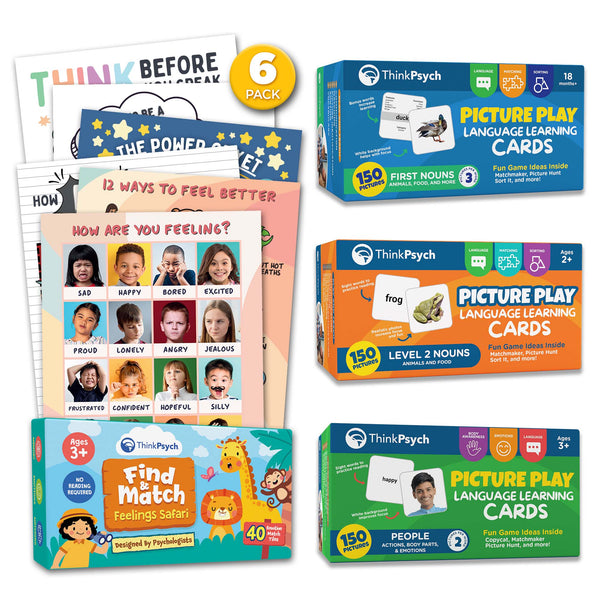
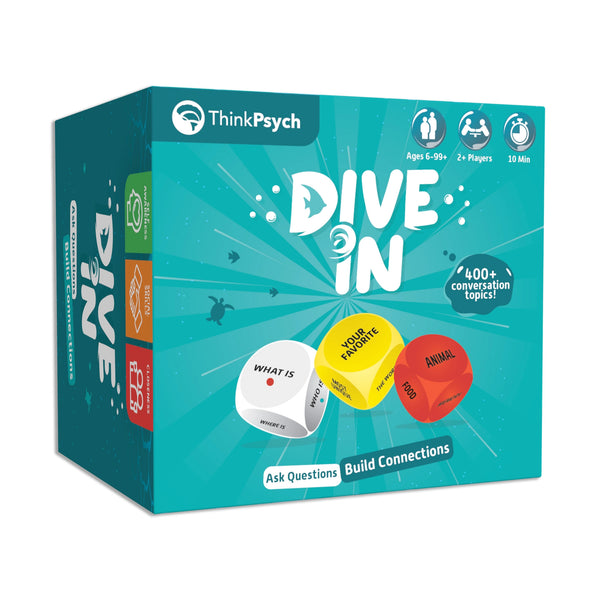
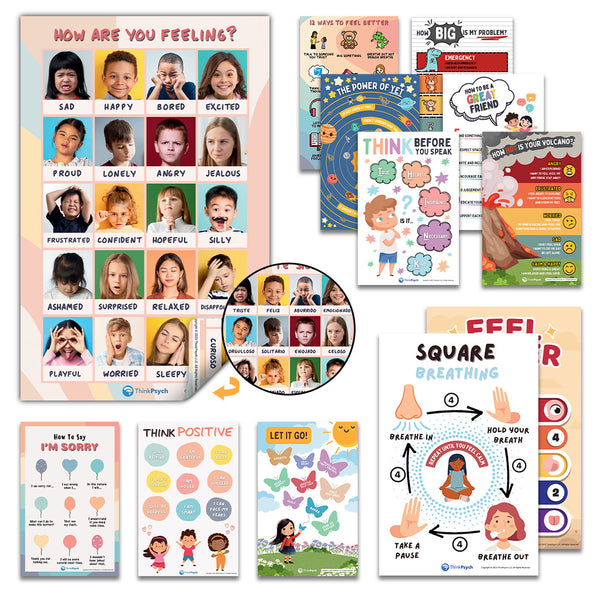
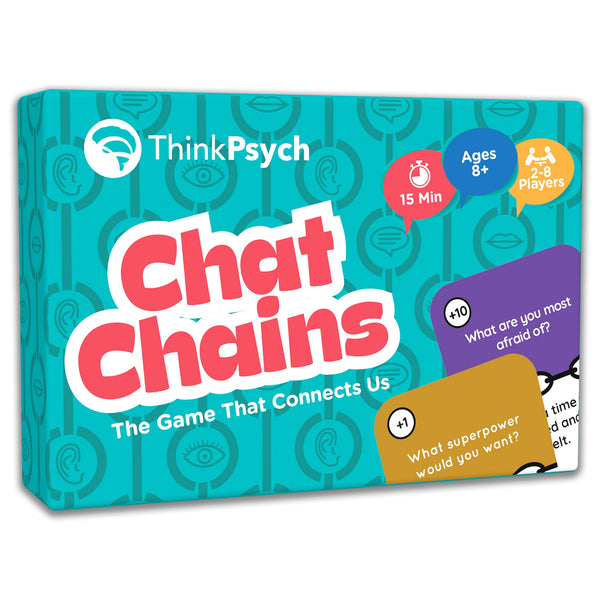
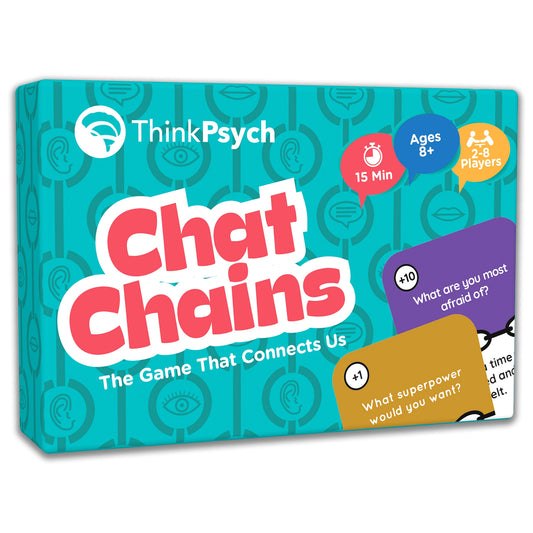
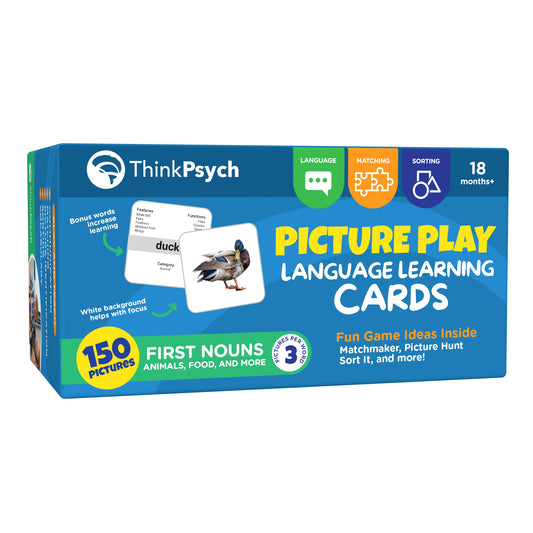
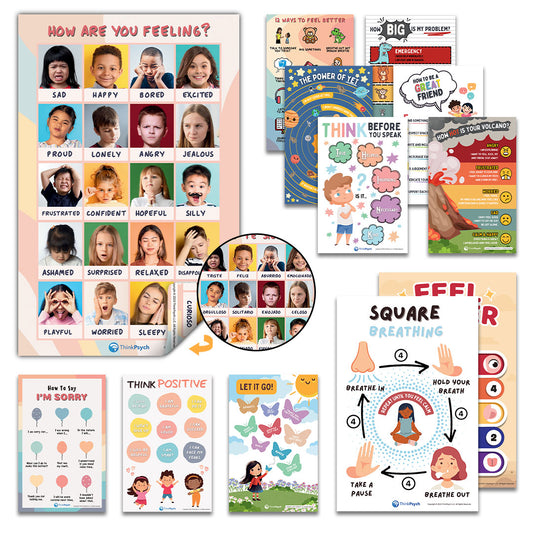
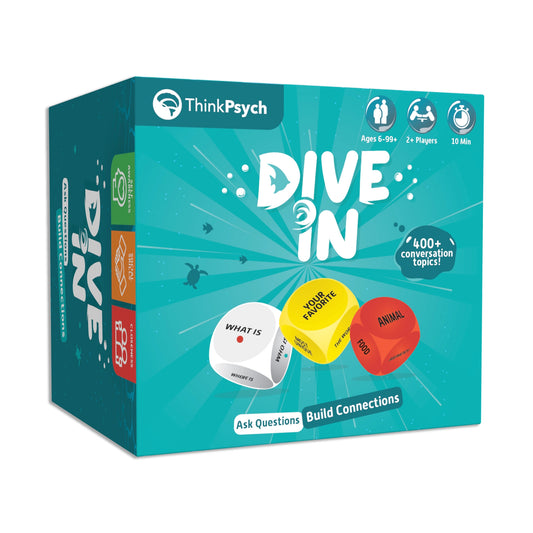
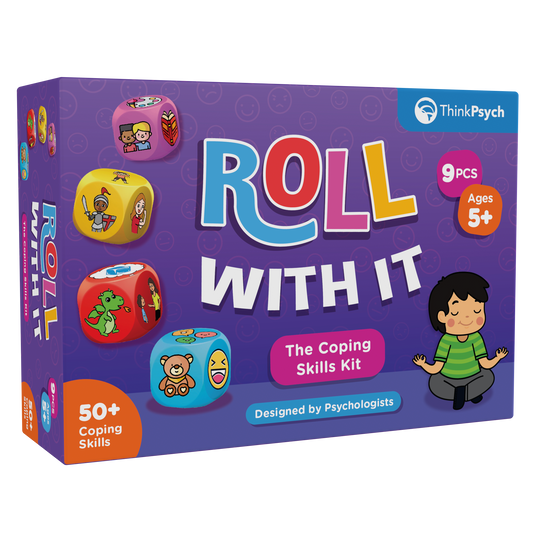
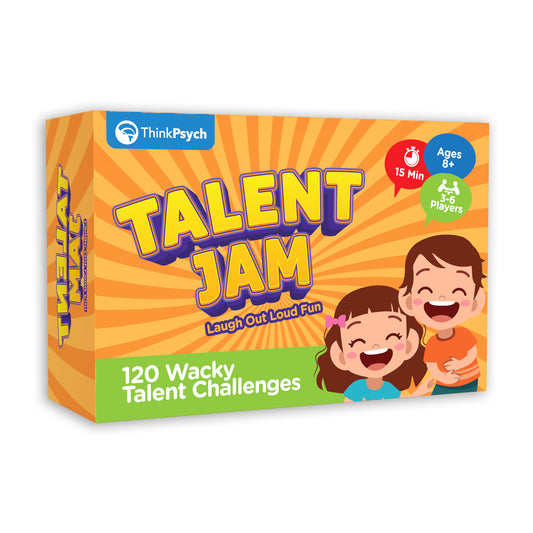


1 comment
Thank you this was very straight to the point yet informative … clear and concise.